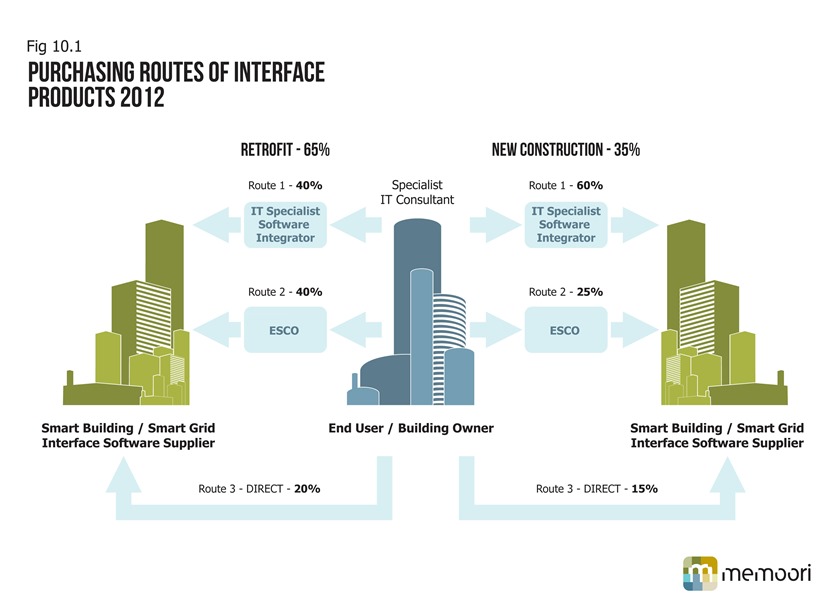The Global Market for Smart Building (BEMS) to Smart Grid Software Interfaces
Connecting BEMS in Smart Buildings to Smart Grid to deliver DR and DE is a niche market that is needed now.
|
September 2013 |
[an error occurred while processing this directive] |
|
The Global Market for Smart Building (BEMS) to Smart Grid Software Interfaces Connecting BEMS in Smart Buildings to Smart Grid to deliver DR and DE is a niche market that is needed now.
|
| Articles |
| Interviews |
| Releases |
| New Products |
| Reviews |
| [an error occurred while processing this directive] |
| Editorial |
| Events |
| Sponsors |
| Site Search |
| Newsletters |
| [an error occurred while processing this directive] |
| Archives |
| Past Issues |
| Home |
| Editors |
| eDucation |
| [an error occurred while processing this directive] |
| Training |
| Links |
| Software |
| Subscribe |
| [an error occurred while processing this directive] |
It is not politically
or economically acceptable at this time, in any
developed country in the world, to invest all the capital required for
Smart Grid and Renewable Power because it could jeopardize economic
growth; particularly in the present fragile economic climate.
However, the fact remains that to meet the mandatory or proposed CO2
emission standards in the Central Power Generating and Distribution
network, fundamental changes need to be made; and this will require
major investment.
There is a solution that can deliver a very significant contribution to
meeting the needs of the low carbon economy well within the second
decade of the 21st century and it can be achieved at a fraction of the
cost of a fully operational Smart Grid.
IT
CAN BE ACHIEVED BY INTERFACING SMART BUILDINGS WITH THE PRESENT
“SMART GRID” AND PROVIDE DEMAND RESPONSE AND DISTRIBUTED ENERGY
CAPABILITY THROUGH A COMBINATION OF USING ADVANCED BUILDINGS ENERGY
MANAGEMENT SYSTEMS (BEMS) AND ENTERPRISE ENERGY MANAGEMENT SYSTEMS
(EEM).
This
has been practiced for some time but until recently only on a
semi-automated basis. However as our report
(http://www.memoori.com/portfolio/connecting-smart-grid-with-bems/)
shows fully automated systems have only just started to get off the
ground, despite the fact that the technical potential demand over the
next 20 years amounts to $30 billion and could reach $1.7 billion by
2017.
This is therefore a sizeable business but is made much more attractive
by the fact that by far the biggest component is the latent potential
waiting to be realized in existing Smart Building stock. It may be a
smaller market than Smart Grid but it delivers a solution now, to a
problem that has to be solved. It does not have to wait for Smart Grid
to be in place or Smart Buildings to have incorporated a fully
comprehensive EEM.
By far the biggest share of this business will be spent by the owners
and operators of Smart Buildings and this puts the BEMS companies in
pole position followed by ESCO’s. These companies include Johnson
Controls, Honeywell, Schneider, Siemens and ABB. They are the world’s
leading suppliers across both businesses and the last four are also
leading international suppliers of Smart Grid products and services.
They are in daily contact with the owners of Smart Buildings who are
existing clients both through installing their BEMS and also taking
their ESCO service. This gives them a massive heritage estate to work
on.
EEM suppliers will have to take this into account when developing their
business models, if they are to make an impact on this business. They
will need to form alliances with the BEMS and ESCO companies or their
System Integrators. This is particularly true for smaller EEM companies
where they will need to target the priority markets.
This is a very fragmented market with hundreds of thousands of Smart
Buildings and identifying the buying influence will not be an easy
task. It is a different matter for the major EEM companies because most
of their clients will be owners of very large Smart Building real
estates and they will have contact with sources that will influence the
buying decision on EEM purchases.

[an error occurred while processing this directive]
Connecting
BEMS in Smart Buildings to Smart Grid to deliver DR and DE
is a niche market that is needed now. It could be provided through
Smart Buildings installing fully comprehensive EEM now; or we could
wait 10 to 20 years before ADR is fully operational within Smart Grid
in the developed countries of the world.
The cost of installing it could be less than 1% of the investment
required to deliver a fully Smart Grid. The return on the investment is
attractive and it is of significant to utility companies, among others,
as it will help reduce CO2 emissions.
This article was abstracted from Memoori’s report “The Market for Connecting Smart Grid with Building Energy Management Systems 2013 to 2017” - http://www.memoori.com/portfolio/connecting-smart-grid-with-bems/ - It is a definitive resource for Smart Grid to BEMS Interface Market Research & Investment Analysis; combining Market Sizing Statistics with Analysis of Mergers, Acquisitions and Investments.
[an error occurred while processing this directive]
[Click Banner To Learn More]
[Home Page] [The Automator] [About] [Subscribe ] [Contact Us]